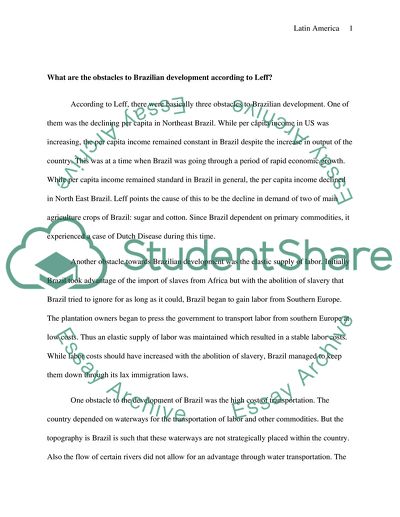Cite this document
(The Obstacles to Brazilian Development Assignment, n.d.)
The Obstacles to Brazilian Development Assignment. Retrieved from https://studentshare.org/macro-microeconomics/1581629-answer-these-questions
The Obstacles to Brazilian Development Assignment. Retrieved from https://studentshare.org/macro-microeconomics/1581629-answer-these-questions
(The Obstacles to Brazilian Development Assignment)
The Obstacles to Brazilian Development Assignment. https://studentshare.org/macro-microeconomics/1581629-answer-these-questions.
The Obstacles to Brazilian Development Assignment. https://studentshare.org/macro-microeconomics/1581629-answer-these-questions.
“The Obstacles to Brazilian Development Assignment”, n.d. https://studentshare.org/macro-microeconomics/1581629-answer-these-questions.


